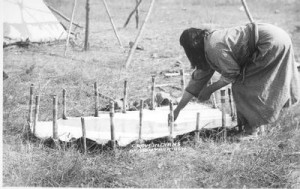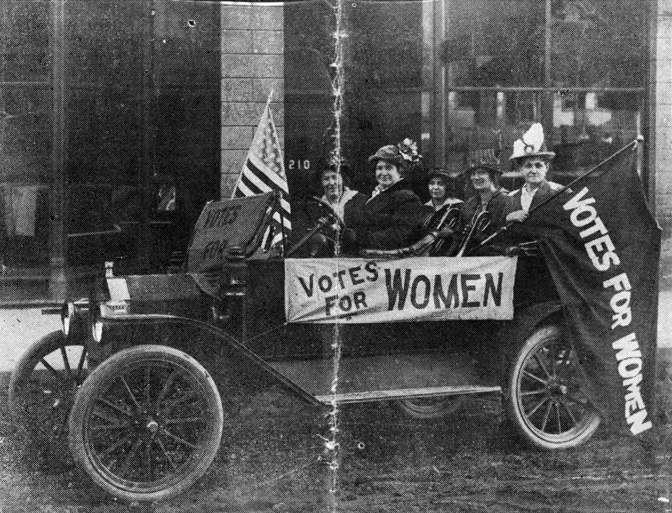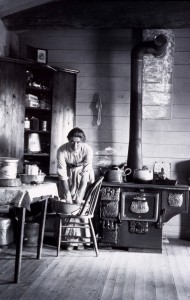
The legacy of a nineteenth-century Apsáalooke grandmother lives on in the traditions of the Crow people today. Born in 1856, Pretty Shield belonged to the last generation of children raised in an intact Apsáalooke culture. Just thirty years later, the tribe faced the loss of their indigenous identities and cultural heritage as well as their lands. Thus, by the 1920s and 1930s, as she raised her grandchildren, Pretty Shield confronted a twofold challenge: first, to bring them up in the poverty of the early reservation years; second, to instill in them a strong Apsáalooke identity during the era of assimilation. She was well aware of the difficulty—and importance—of her task.
Pretty Shield herself had enjoyed a happy childhood. Her elders taught her how to harvest plants, preserve meat, cook, and sew. They guided her spiritually, educated her, and brought her up according to the traditions of the Apsáalooke worldview. Too soon, these happy years gave way to the destructive forces of American colonization.
In 1872, smallpox killed hundreds of Crow people, including Pretty Shield’s beloved father, Kills in the Night. At the same time, American military campaigns against other Plains tribes threatened all intertribal trade and safety while the extinction of the bison destroyed tribal economies. Reduced to poverty and starvation, tribes were forced to relinquish more and more of their homelands. Between 1851 and 1904, the Crows themselves lost 35 million acres. The U.S. government outlawed indigenous ceremonies, mandated that Native children attend government or mission schools, and sent emissaries of assimilation onto the reservations to enforce American policies. Many Crows converted to Christianity, took up farming, and sent their children to be raised at boarding schools, where their Apsáalooke identity succumbed to white American values and a wholly different relationship to the natural world. Continue reading Pretty Shield’s Success: Raising “Grandmother’s Grandchild”

